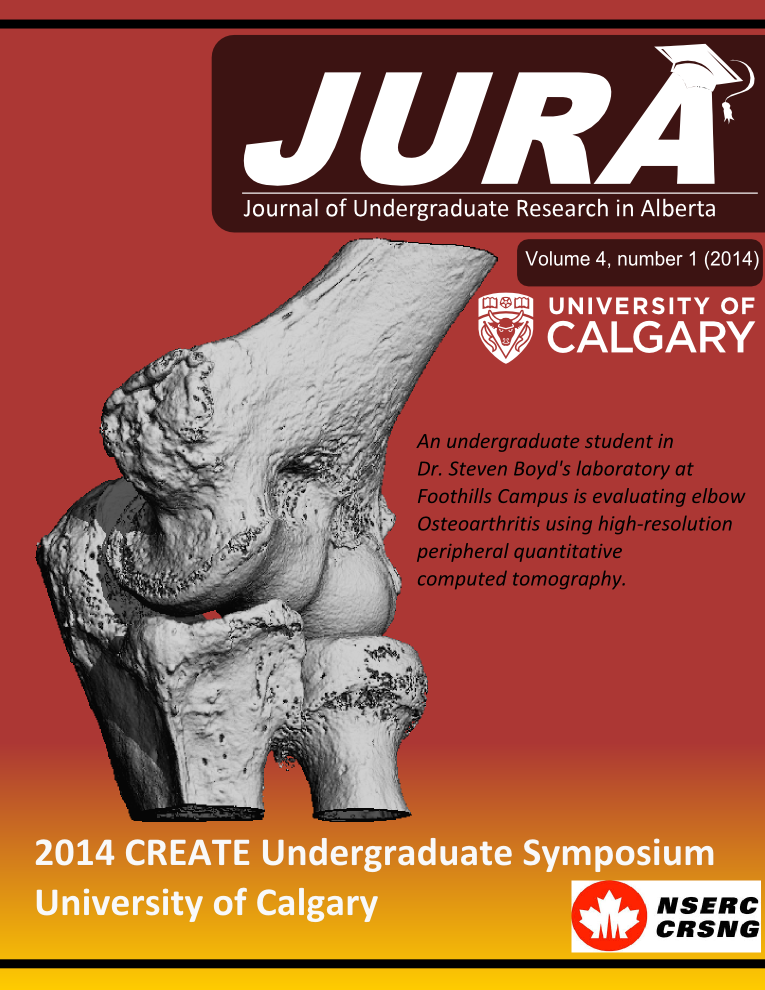MEASURING COLLATERAL STATUS IN DIFFERENT VASCULAR BEDS
Abstract
INTRODUCTION
Collateral circulation in the brain is the most effective predictor of clinical outcome in acute ischemic stroke (AIS) patients [2]. Collaterals are vessels in the brain that reroute blood to the affected tissue during AIS. The only available methods of visualizing these vessels are invasive (CT Angiography, DSA) and are only effective if a major artery is occluded. Faber et al. (2010) showed that a correlation exists between collateral status in various body tissues, with the collateral status of the brain [1]. Here we describe a novel, non-invasive method for determining superficial palmar arch status (conduit collateral status), as well as micro vascular collateral status in the human hand.
METHODS
The only non-invasive method for determination of the quality of blood flow in the hand is the modified allen’s test (MAT). The current techniques used in this test involve a high level of subjectivity and a low level of accuracy [3]. We improved this test by making the results quantitative, as well as focusing on specific regions of interest (ROI) in the hand. We developed an apparatus for the hand to be placed in, with a mounted research grade camera that would capture the duration of the test. The box was internally illuminated with optimized 740nm LEDs for detection of light intensity changes in the hand during the modified Allen’s test protocol. Our protocol was based upon removing blood from the hand using autonomous compressions, and recording the reperfusion of these vessels from a 1st artery release (radial or ulnar), followed by the 2nd artery release 15 seconds later. The camera recorded the intensity changes in the reflected radiation off the hand, which fluctuated as haemoglobin exited and re-entered the vessels in the hand.
RESULTS
Pilot data from 10 hands (5 healthy individuals) showed significant variance in both the rate of filling and the time to return to baseline. Our quickest rate of filling was 24 times larger than the slowest rate. Our analyses of the graphs, as well as controlling various confounding variables during assessment, suggest that these results are physiological and reflect differences in micro-vascular and conduit collateral status.
DISCUSSION AND CONCLUSIONS
This method reliably measures physiological differences in the collateral status of the human hand. These differences are shown in Figure 1, where two separate subjects have different arterial supply to the digits. In the future, we will be correlating hand collateral status with brain collateral status in stroke patients. If these correlations exist, a non-invasive pre-emptive tool would be made available to gain knowledge of brain collateral status before AIS occurs.
Downloads
References
2. Menon BK, et al. Modi J. 32:1640-45, 2011.
3. Unlu Y, et al. Eur J Cardiothorac Surg. 33(4):754-755, 2008.
Downloads
Published
Issue
Section
License
Authors retain all rights to their research work. Articles may be submitted to and accepted in other journals subsequent to publishing in JURA. Our only condition is that articles cannot be used in another undergraduate journal. Authors must be aware, however, that professional journals may refuse articles submitted or accepted elsewhere—JURA included.


